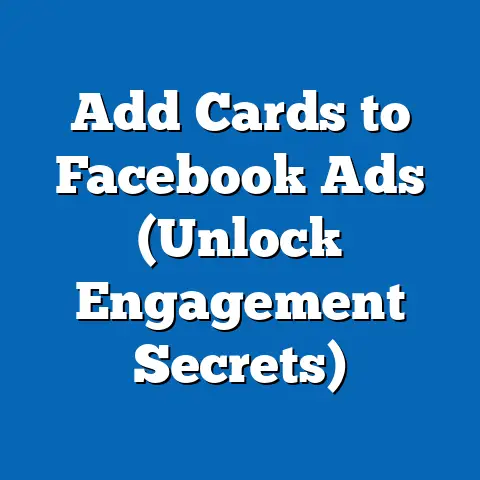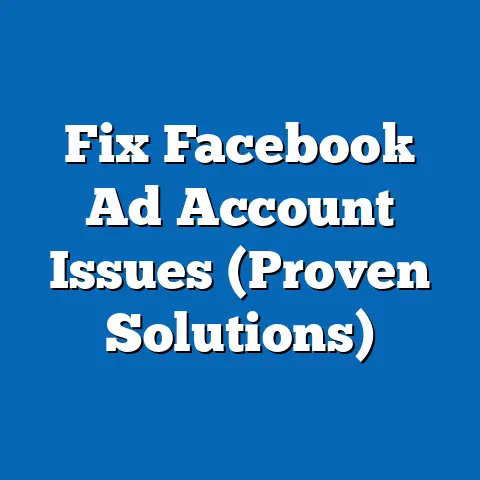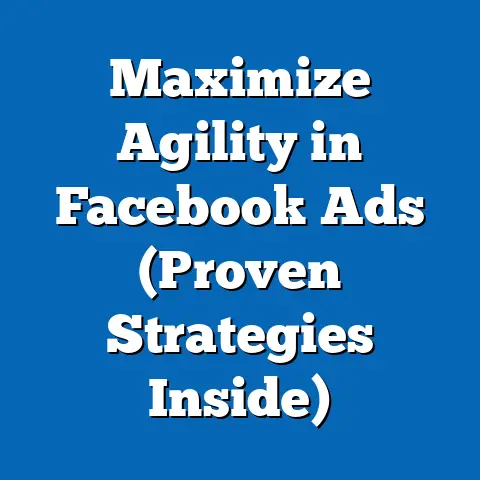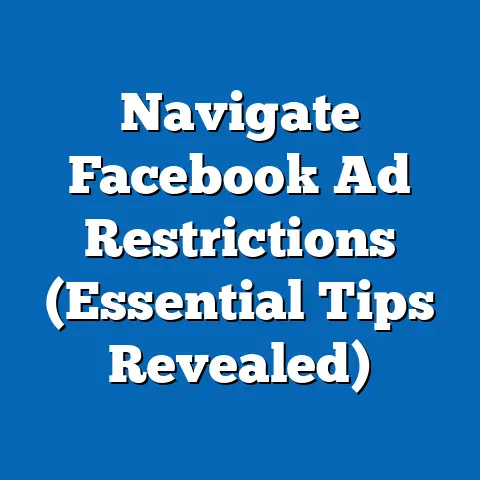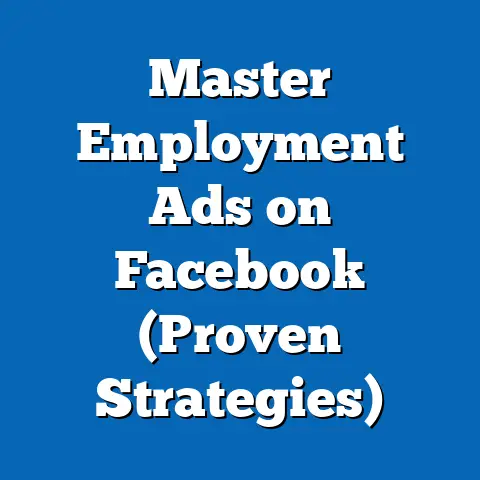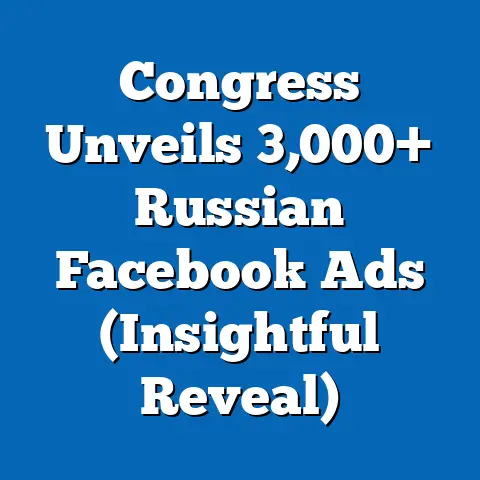Understanding Page Engagement on Facebook Ads (Key Insights)
As a digital marketing specialist, I’ve seen firsthand how many businesses pour their heart and soul (not to mention a significant chunk of their budget) into crafting visually stunning Facebook ads with compelling copy. They launch their campaigns with high hopes, only to be met with a disheartening reality: low engagement rates. It’s like throwing a party and nobody shows up!
Section 1: Defining Page Engagement
So, what exactly is page engagement in the context of Facebook ads? Simply put, it’s the level of interaction your audience has with your ad content and your Facebook page. It’s a measure of how much your audience cares about what you’re saying and how willing they are to take action.
Think of it like this: you’re at a networking event, and you give your elevator pitch. Page engagement is how many people stop to listen, ask questions, and exchange business cards. It’s about sparking a conversation and building a connection.
Here are the key metrics that make up page engagement:
- Likes (Reactions): The simplest form of engagement, indicating that someone appreciates your content. Facebook offers a range of reactions (like, love, haha, wow, sad, angry) that provide more nuanced feedback.
- Comments: A direct form of interaction where users share their thoughts, ask questions, or provide feedback on your ad. Comments are gold because they show a higher level of interest and willingness to engage.
- Shares: When users share your ad with their own network, it significantly expands your reach and introduces your brand to new audiences. Shares are a powerful endorsement of your content.
- Post-Click Interactions: These include actions taken after clicking on your ad, such as visiting your website, watching a video, filling out a form, or making a purchase. These are crucial for measuring the effectiveness of your ad in driving conversions.
- Saves: Users can save your ad to view later, indicating interest in your product or service but perhaps not being ready to take immediate action.
- Link Clicks: The number of times people click on the link included in your ad, directing them to your website or landing page.
- Page Likes: When someone likes your Facebook page directly from your ad. This helps grow your audience and build a community around your brand.
These metrics contribute to the overall visibility and success of your Facebook ads in several ways. The more engagement your ad receives, the more likely it is to be shown to a wider audience. This is because Facebook’s algorithm favors content that users find interesting and engaging. Higher engagement also leads to lower ad costs, as Facebook rewards ads that provide value to its users.
Current Statistics:
According to recent industry reports, the average Facebook ad engagement rate across all industries is around 0.09%. However, this number can vary significantly depending on factors such as industry, target audience, ad format, and ad copy. For example, video ads tend to have higher engagement rates than static image ads, and ads targeting younger audiences may see more interaction than those targeting older demographics.
Key Takeaway: Page engagement is a multifaceted metric that reflects the level of interaction your audience has with your Facebook ads. It’s essential to understand the different components of engagement and how they contribute to the overall success of your campaigns.
Section 2: The Importance of Page Engagement
Why should you care about page engagement? Because it’s a critical factor that can make or break your Facebook ad campaigns. It’s not just about getting likes and comments; it’s about building relationships, driving conversions, and achieving your marketing goals.
Here’s why engagement is so important:
- Ad Relevance Score: Facebook uses engagement as a key factor in determining your ad’s relevance score. A higher relevance score means your ad is more likely to be shown to your target audience and at a lower cost. In other words, engagement directly impacts your ad’s performance and efficiency.
- Algorithm Prioritization: Facebook’s algorithm prioritizes content with higher interaction rates. This means that ads with more likes, comments, and shares are more likely to be seen by a wider audience. It’s a virtuous cycle: more engagement leads to more visibility, which leads to even more engagement.
- Brand Visibility: High engagement boosts your brand’s visibility on Facebook. When users interact with your ads, their friends and followers may see those interactions, further expanding your reach and introducing your brand to new audiences.
- Cost-Effectiveness: As mentioned earlier, high engagement can lead to lower ad costs. Facebook rewards ads that provide value to its users by offering them at a lower cost per click or impression. This means you can reach more people with the same budget.
- Brand Loyalty: Engaged audiences are more likely to become loyal customers. When you create content that resonates with your audience and encourages interaction, you build a stronger connection with them. This can lead to increased brand loyalty, repeat purchases, and positive word-of-mouth referrals.
Successful Campaign Examples:
I’ve seen numerous campaigns that leveraged high engagement to achieve remarkable results. For example, a local bakery ran a Facebook ad campaign promoting a new pastry. They used a high-quality image of the pastry and asked users to comment with their favorite dessert. The ad received hundreds of comments, shares, and likes, driving significant traffic to the bakery and boosting sales of the new pastry.
Another example is a clothing retailer that ran a Facebook ad campaign featuring a contest. They asked users to share their favorite outfit from their store and tag a friend. The campaign generated thousands of shares and comments, significantly increasing brand awareness and driving traffic to their website.
Engagement and Brand Loyalty:
The relationship between engagement and brand loyalty is undeniable. When you consistently provide valuable and engaging content, you build trust and credibility with your audience. This makes them more likely to choose your brand over the competition and to advocate for your products or services.
Key Takeaway: Page engagement is a critical factor for brands using Facebook ads. It impacts ad relevance scores, algorithm prioritization, brand visibility, cost-effectiveness, and brand loyalty. By focusing on creating engaging content and fostering interaction with your audience, you can significantly improve your ad performance and achieve your marketing goals.
Section 3: Factors Influencing Page Engagement
Now that we understand the importance of page engagement, let’s explore the factors that influence it. There are numerous elements that can either enhance or diminish engagement rates on your Facebook ads.
- Audience Targeting: Targeting the right audience is crucial for maximizing engagement. If you’re showing your ads to people who aren’t interested in your product or service, they’re unlikely to interact with them. Use Facebook’s targeting options to narrow down your audience based on demographics, interests, behaviors, and more.
- Ad Placement: The placement of your ad can also impact engagement. Facebook offers various ad placements, including the news feed, right column, Instagram, and Audience Network. Test different placements to see which ones perform best for your target audience.
- Timing: The timing of your ad can also influence engagement. Consider when your target audience is most active on Facebook and schedule your ads accordingly. You can use Facebook Insights to analyze your audience’s online behavior and identify optimal posting times.
- Creative Content: The creative content of your ad is arguably the most important factor in driving engagement. Use high-quality images, videos, and compelling copy that grabs attention and resonates with your audience. Make sure your ad is visually appealing, informative, and relevant to your target audience.
- Messaging: Your ad’s messaging should be clear, concise, and persuasive. Highlight the benefits of your product or service and include a strong call to action that encourages users to take the desired action, such as visiting your website, making a purchase, or signing up for a newsletter.
- Ad Format: Facebook offers a variety of ad formats, including carousel ads, video ads, and static image ads. Each format has its own strengths and weaknesses. Experiment with different formats to see which ones generate the most engagement for your target audience. I have personally found that video ads are more effective than image ad.
- Seasonal Trends and Current Events: Be mindful of seasonal trends and current events that may impact engagement. For example, during the holiday season, people may be more receptive to ads promoting gift ideas or holiday promotions. Similarly, during times of crisis or social unrest, it’s important to be sensitive and avoid running ads that may be perceived as insensitive or opportunistic.
- Cultural Moments: Tap into relevant cultural moments to enhance engagement. For example, if there’s a popular meme or trend going viral, consider incorporating it into your ad creative. This can make your ad more relatable and engaging.
Key Takeaway: Numerous factors influence engagement rates on Facebook ads, including audience targeting, ad placement, timing, creative content, messaging, ad format, seasonal trends, current events, and cultural moments. By carefully considering these factors and optimizing your ads accordingly, you can significantly increase engagement and improve your ad performance.
Section 4: Measuring Page Engagement Effectively
Measuring page engagement is crucial for understanding the effectiveness of your Facebook ad campaigns and making data-driven decisions. Without accurate measurement, you’re essentially flying blind.
Here are the tools and metrics you can use to measure page engagement effectively:
- Facebook Insights: Facebook Insights is a powerful analytics tool that provides detailed information about your page’s performance, including engagement metrics such as likes, comments, shares, and post-click interactions. You can use Facebook Insights to track engagement over time, identify trends, and understand what type of content resonates best with your audience.
- Facebook Ads Manager: Facebook Ads Manager provides detailed reporting on your ad campaigns, including engagement metrics such as cost per engagement, engagement rate, and the number of engagements generated by each ad. You can use Ads Manager to analyze the performance of your ads and identify areas for improvement.
- Third-Party Analytics Tools: Numerous third-party analytics tools can help you measure page engagement on Facebook, such as Google Analytics, Hootsuite Analytics, and Sprout Social. These tools offer more advanced features and reporting capabilities than Facebook Insights and Ads Manager.
- A/B Testing: A/B testing is a powerful technique for optimizing engagement. By testing different versions of your ads, you can identify which elements resonate best with your audience and make data-driven decisions to improve engagement. For example, you can test different headlines, images, or calls to action to see which ones generate the most likes, comments, and shares.
Interpreting Engagement Metrics:
It’s important to understand how to interpret engagement metrics and what they mean for your ad campaigns. For example, a high engagement rate may indicate that your ad is resonating with your audience, while a low engagement rate may indicate that your ad is not relevant or engaging enough.
Here are some common pitfalls to avoid when measuring engagement:
- Focusing on Vanity Metrics: Don’t get caught up in vanity metrics such as likes and comments. While these metrics are important, they don’t necessarily translate into sales or conversions. Focus on measuring metrics that directly impact your business goals, such as website traffic, leads, and sales.
- Ignoring Context: Don’t interpret engagement metrics in isolation. Consider the context of your ad campaign, such as your target audience, ad placement, and timing. For example, an ad that performs well during the holiday season may not perform as well during other times of the year.
- Not A/B Testing: A/B testing is essential for optimizing engagement. If you’re not testing different versions of your ads, you’re missing out on valuable opportunities to improve your ad performance.
Key Takeaway: Measuring page engagement effectively is crucial for understanding the effectiveness of your Facebook ad campaigns and making data-driven decisions. Use Facebook Insights, Ads Manager, and third-party analytics tools to track engagement metrics, interpret the data in context, and A/B test different versions of your ads to optimize engagement.
Conclusion
In conclusion, understanding page engagement on Facebook ads is not just about tracking likes and comments; it’s about gaining valuable insights into your audience’s preferences, behaviors, and motivations. It’s about building relationships, driving conversions, and achieving your marketing goals.
By defining page engagement, recognizing its importance, understanding the factors that influence it, and measuring it effectively, you can refine your advertising strategies and achieve better results. Remember that engagement is not just a number; it’s a reflection of how well you’re connecting with your audience and providing them with value.
So, I encourage you to view engagement not just as a metric, but as a valuable insight into your audience’s preferences and behaviors. Use this knowledge to create more engaging content, target your audience more effectively, and optimize your ad campaigns for maximum impact. With a strategic approach to page engagement, you can unlock the full potential of Facebook advertising and achieve remarkable results.

